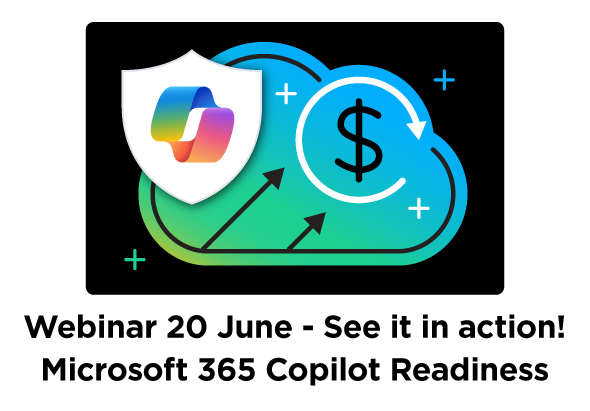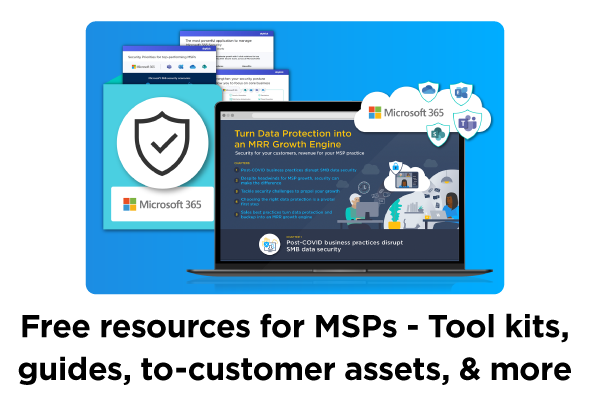A look at where ITSPs are feeling the most pressure
One of the most rewarding parts of our SkyKick’s multi-year journey has been the opportunity to spend a lot of time chatting with IT Services Providers about their evolving businesses and hearing how they iterate and pivot, based on whatever gets thrown their way. As we worked to see the world through the eyes of ITSPs, particularly Managed Services Providers, one of the things that stood out was this notion of a ‘pressure-cooker’ environment that’s been building at the core of ITSP’s cloud businesses.
It’s one of those classic be careful what you wish for conundrums. At the outset of our work to help IT practices transform their business through SMB cloud adoption, some of the early questions we asked were:
- How many SMBs will adopt cloud?
- How fast will SMBs adopt cloud?
- How many SMBs are still out there?
These were important questions to answer in order to qualify the opportunity and value of investing in cloud for ITSPs, from our early days and the industry at large. Funny how a few short years later, we’re asking ourselves entirely different question around IF there is cloud opportunity.
The COVID-19 pandemic ushered in a wave of cloud adoption – and while adoption rates continue to soar, one thing we still find ourselves thinking is- be careful what you wish for. The current rate of SMB cloud transformation presents a wave of new opportunities for partners and their clients, but also introduces new challenges – taking that ‘pressure-cooker’ environment to the brink of boiling over.
When it comes to helping SMBs, we believe that MSPs are the unsung heroes of our industry’s evolution, providing important services and advisory along the journey. In this first installment of our Cloud Operations series, we’ll dive into some of the complexities our Partners tell us their experiencing – and why it’s serious business – particularly honing in on the Help Desk.
Cloud Operations is serious business
So what’s at the center of Cloud Operations and where is pressure rising most? First, let’s look at top areas ITSPs tell us they’re spending the majority of their time juggling and navigating through in order to build more successful cloud practices.
Cloud Operations Complexity is Rising, particularly in the Help Desk
The overarching theme we hear when talking with IT partners is that it’s getting harder to manage the many facets of Cloud Operations.
SMBs will continue to adopt digital, with most on going from managing 5 cloud, or SaaS apps, to an average of 30. MSPs then have to factor in that most of their SMB customers hover around anywhere from 10 to 30 employee – which means the endpoints that need to be managed add up, and fast.
Take managing support and customer experience in general, especially during the pandemic. For some Partners, support tickets have exploded during the pandemic stay-at-home era as more and more SMBs turn to IT Partners for help transitioning to new remote work environments and digital needs.
Some partners report increases in support volume and tickets of up to 4X. When you unpack that, the stress on the Help Desk is visible in a few areas of the business:
-
- First, the help desk technician themselves. They’re managing more and more tickets across multiple customers and cloud services, making time and efficiency metrics a struggle. What’s more, they’re finding themselves jumping into sub-optimal practices like password sharing or relying on loosely organized task checklists for guidance, just to get by. All of which poses a serious security risk to the business and the client.
-
- Then, the more technical escalation engineer? They’ve got it hard too, as the requests for technical escalation support are exploding, along with a need to navigate a number of tools to create the workflows and efficiencies that can aid the helpdesk.
-
- Third, the organization struggles as whole to keep track of what’s happening across support operations. Following the bouncing ball becomes harder when it comes to compliance and reporting – both of which help fuels efficiencies and moves the business the forward, while making the customer happy.
For most IT Partners, the help desk is the engine room of their cloud operations. Trouble with scaling help desk operations could (and often does) lead to negative impacts across billing, profitability and beyond. As ITSPs contend with increasing fragmentation and the revolving ‘pressure-cooker’ environment, we’ve come to believe that a fresh approach is required to streamline Cloud Operations. Cloud Manager helps Partners conquer the complexity of cloud operations with automation built for the way MSPs work.
In the next installment of our series we’ll share more about the inspiration behind Cloud Manager and dive into how it works. We’ve reimagined automation to ensure ITSPs are armed with a streamlined approach to navigating cloud operation complexities, while decreasing fragmentation across the organization.


